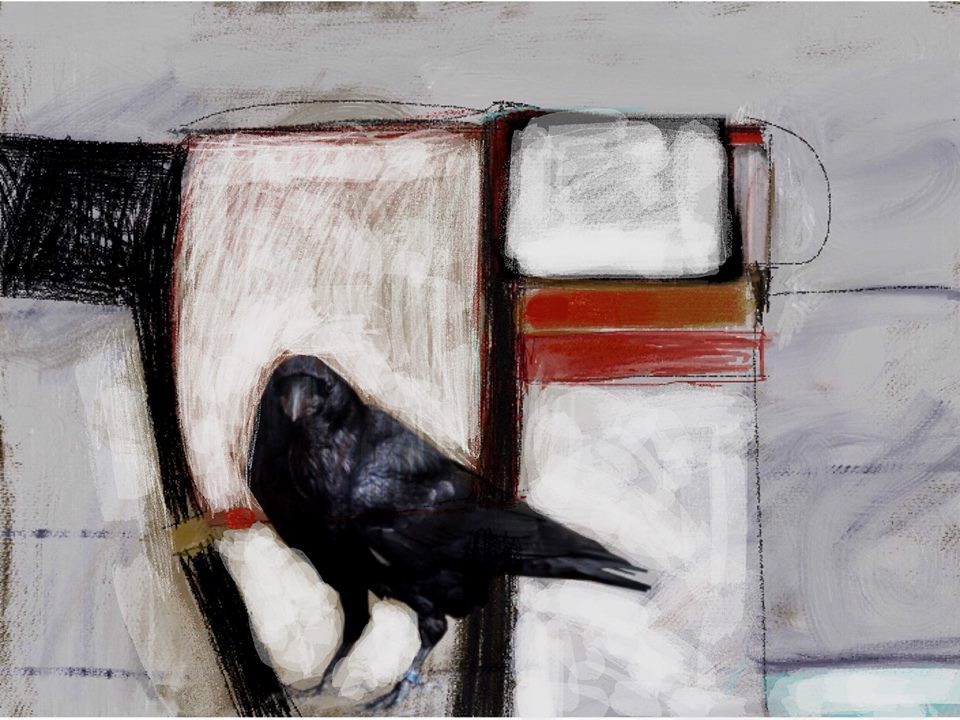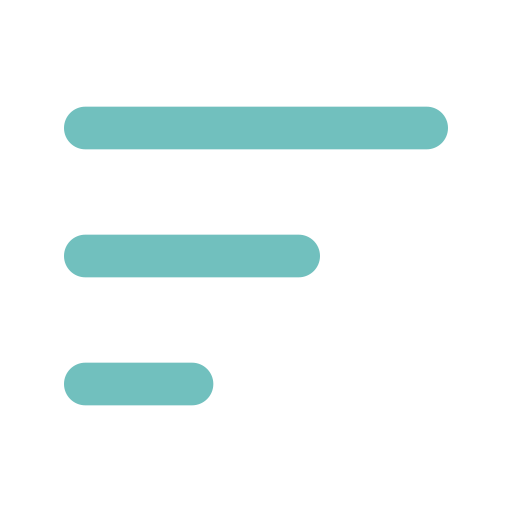Oct 27, 2015

[doodle:June 2014]
"Am I boring you?"
I was doodling during a university faculty meeting. My department head noticed I was working on an elaborate abstract shape while he was talking about research budgets and changes in the grading policies. He assumed I wasn't paying attention. But I was doodling in order to pay attention.
And I was paying attention in a very focused way. Brain studies suggest that when listening to complex or tediously delivered input, doodlers retain far more of the key information than non-doodlers. It has something to do with how doodling keeps you from daydreaming. Daydreaming during a lecture, explanation, or presentation, takes up so much complex processing power, what cognitive scientists call "executive functioning," that your brain turns off the comparatively boring stuff and you retain almost nothing. Doodling, in contrast, takes up very little processing power, and in a weird way, keeps the brain from daydreaming by using just enough executive functioning to assist the listener's focus and retention.
A little personal background: I'm a lapsed painter who walked away from art about 25 years ago and moved to Japan. I didn't do any art to speak of for years. But I've always doodled. University meetings, church sermons, lectures, conference presentations–I was the one with a pencil and paper, sketching abstract shapes as I listened.
But then I got an iPad and stumbled into the world of art apps. My long buried art persona was revived and I started "painting" again. And along the way my iPad became my doodling tool. I was curious if it would be possible to make art while using very limited processing power, while listening to someone talk. And what the art would look like.
Art apps are uncannily tactile, simulating the feel of doing art. The only thing missing is the expense of art supplies, the smell, and the mess. And a lot of the steps of doing art are automated with redo/undo functions, layers, copying and pasting, magnification, and instant filters. No stretching canvas or waiting around for oil paint to dry. No cleaning brushes. And once you've climbed the learning curve of a new app, art comes really fast.

[doodle: September 2014]
Doodling has become more sophisticated as I am creating what look like finished works of art during a sermon or a lecture. However, I'm reluctant to consider them more significant than they are–they're still just doodles. Doodles are disposable. Doodles are free. The fact that my doodles are digital make them substantially different from what I used to do as a painter, which is in a way liberating for me. Maybe it's a cop out, but it's nice not having to submit them for any sort of aesthetic critique.
My doodles tend to be stream of consciousness. I don't try to illustrate a sermon or a lecture. I paint and draw as I listen, not planning the image, but letting it develop on its own. People sometimes ask me what the sermon text or topic was, and then look at the doodle, trying to decipher some hidden meaning. It doesn't work like that.
My primary aim is to remember what I'm listening to, and not daydream. Sometimes the image is successful and pleasing. If so, I might share it online, and some people might even enjoy it. If it isn't, I toss it. It's just a doodle.
Doodling works for my brain to focus my attention. What works for you? Why?
****
Sylvan Payne sylvanjpayne@me.com teaches academic English skills in the PACE Program at Hitotsubashi University in Tokyo.



